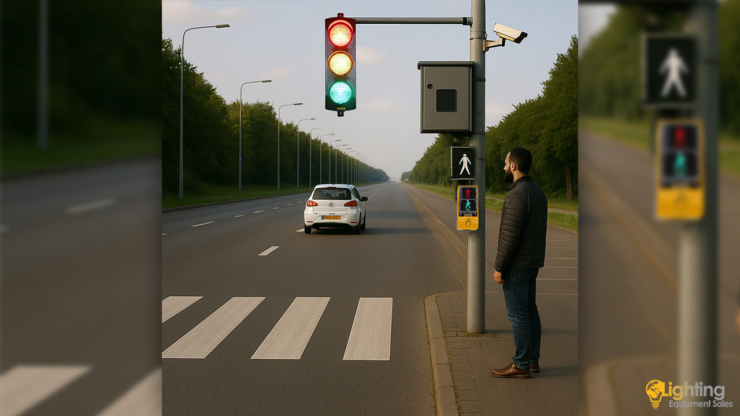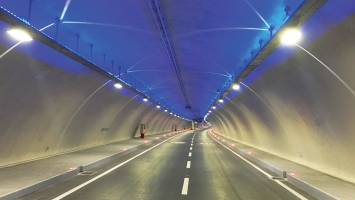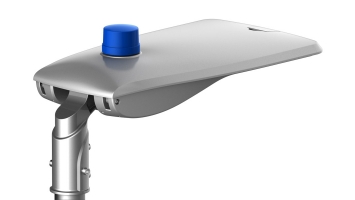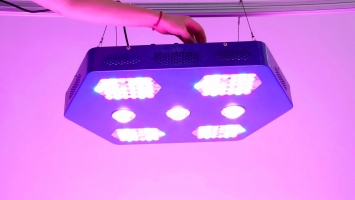
Signalization is one of the systems we often see in daily life but rarely notice. Especially in urban transportation, it plays a vital role in ensuring the safety of both vehicles and pedestrians. So, what exactly is signalization, where is it used, and why is it so important?
What is Signalization?
Signalization is a key system that has been used in transportation since the late 19th century. It became more common in urban areas around the world after the 1960s, especially with the widespread use of traffic lights.
In general, signalization refers to communication systems that use light, sound, or visual signs to provide information, warnings, or directions. In traffic, signalization means electronic control systems that use lights to help vehicles and pedestrians move in a safe, organized, and rule-based way.
Where is Signalization Used?
Signalization systems are not only used in urban traffic but also in many areas of life to ensure safety and order. These systems guide people and reduce risks in different environments such as:
- Roads: Intersections, pedestrian crossings, parking lot exits
- Railways: Train crossings, maneuvering zones
- Airports: Runway lights, taxiway guidance
- Industrial Areas: Factory warning lights, emergency signals
Road Signalization
Road signalization systems are divided into two main types: centrally controlled systems and device-controlled systems.
Centrally Controlled Signalization
This system is mostly used in big cities with heavy traffic. The main goal is to monitor traffic from a control center and avoid unnecessary queues. The duration of traffic signals at intersections is adjusted dynamically based on traffic flow.
Device-Controlled Signalization
This is used in smaller cities where fixed timing is enough. There are three types:
- Fixed-time control: Traffic lights operate with set durations all day long.
- Variable-time control: During busy hours, some directions get longer green lights.
- Detector-based control: Sensors in the road detect traffic and give more green time to busy directions. This helps improve traffic flow.
What is Smart Signalization?
Smart signalization systems are advanced systems that can collect and analyze real-time data to manage traffic automatically. These systems consider factors like vehicle density, pedestrian movement, weather, and time to adjust lights in real time.
How Does It Work?
Smart signalization systems usually include the following technologies:
- Cameras and sensors: Detect traffic levels.
- Artificial intelligence algorithms: Analyze data to decide the best light timings.
- Central management software: Controls signal timing remotely and allows manual updates when needed.
Smart signalization is a key part of smart city projects. Powered by IoT, big data, AI, and cloud technology, these systems make urban transportation more sustainable, safe, and user-friendly.







COMMENTS
MAKE A COMMENT